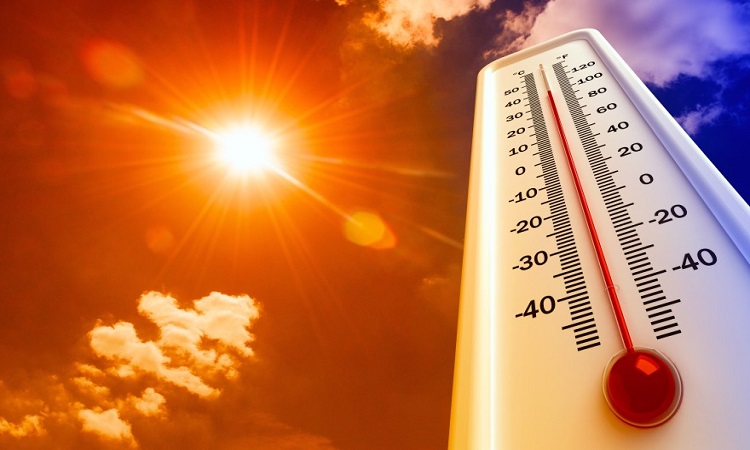Although 2020 is not yet over, it could be the hottest year in France since 1900. However, this information will be confirmed at the end of the year. In any case, 2020 will occupy one of the first three places in the ranking.
In the Top 3 hottest years
the average annual temperature across the country should be close to 14 ° C. However, this average is more than 1.5 ° C compared to normal. While the year is not over yet, it should rank in the top three of the hottest years ever experienced in France over the period 1900-2020. Remember that today, the first two places are occupied by the years 2018 (13.9 ° C) and 2014 (13.8 ° C).
During the first nine months of 2020, the average temperature was above normal for the period 1981-2010. February 2020 ranks second in the hottest February since 1900. April and August are also not to be outdone by placing third. Let us also mention the many scorching episodes that punctuated the summer of 2020, namely from July 30 to August 1 and from August 6 to 13. The first was short-lived and its intensity remained below the heat waves of June-July 2019. However, the second was rather long (eight days) with very high temperatures during the night.
Finally, let’s mention the month of September 2020, characterized by an obviously exceptional late heat. Indeed, the average maximum temperature on French territory exceeded 30 ° C for four days, from September 13 to 16. However, this had never happened since 1900. Furthermore, many temperature records were broken in September for the maximums and in February for the minimums.
Precipitation, drought and sunshine
In 2020, precipitation suffered a deficit over the months of January, April and July with less than 20 mm on average. This is a record for the period 1959-2020. Let us also mention the month of November 2020, being in the first three months of November which is the driest after 1978 and 1981. In addition, precipitation is unevenly distributed over French territory. On the Atlantic coast and the Pyrenees, they have tended to be surplus. On the other hand, there is talk of a deficit of 10 to 40% over the entire eastern half of the country. Despite this, the average for the year is close to normal.
Announced at the beginning of the year, a severe agricultural drought is indeed to be deplored. During the spring and summer, it strongly impacted the soils and most severely in the north and east of the country. In addition, three regions have suffered an intense drought consecutively over the last three years: Auvergne-Rhône-Alpes, Bourgogne-Franche-Comté and Grand Est.
Finally, the amount of sunshine was close to normal in the south of the country, but was, on the other hand, in excess of 10% in the northern half. The most intense excess sunshine (20%) was in the north-eastern quarter. Some sunshine records were broken both in spring and in November 2020.




